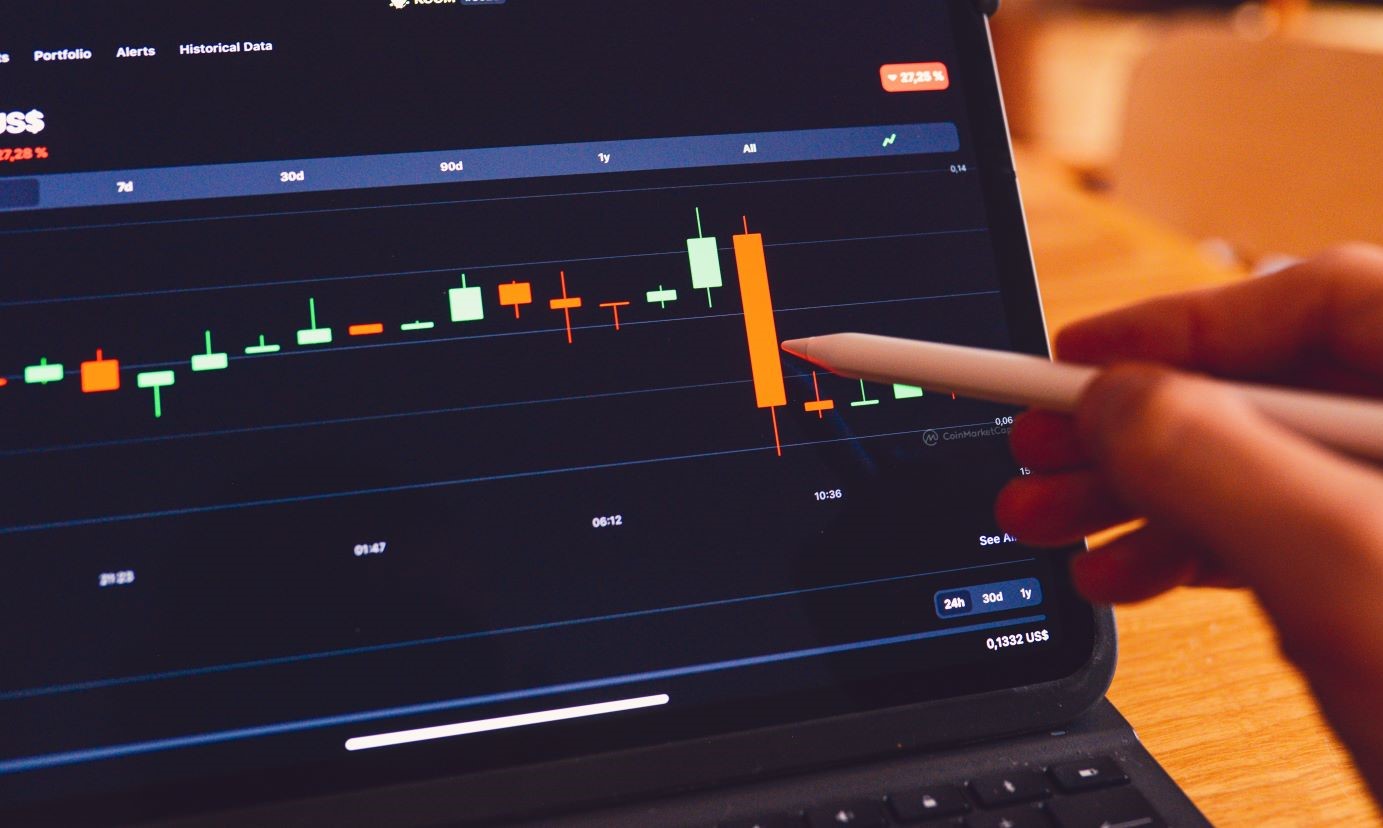Forex is one of the fastest moving financial instruments meaning the Forex market is volatile and unpredictable and a daunting place if you do not know what you are doing.
As a beginner, you must accept that you will need to learn the basics. Here are the five steps required to start trading the Forex markets proficiently in our Axcess FX Forex trading for dummies guide.

1. Get a Basic Forex Education
Learn the basics. There are plenty of online guides, Forex tutorials, and courses available for those starting forex trading. Learn to trade resources are available online including Babypips.com, Investopedia and thebalance.com. Forex.com has excellent educational tools to help you trade, CMC Markets provides a highly recommended guide for beginners and Forex Mentor Pro offers a full suite of tools including live trading sessions to teach beginners how to become a profitable trader at an affordable price.
At the start, you need to understand the fundamentals of the Forex market, how Forex quotes work, and the major market participants.
Forex market fundamentals
Currencies like stocks can be freely traded. The key difference is currencies trade Over The Counter (OTC) between a buyer and seller and not on an exchange, like the NYSE as stocks do.
The Forex market trades around the clock, 24/5, throughout three major trading sessions: the European, U.S, and Asian session, centered around London, New York, and Tokyo. All three trading sessions overlap, providing 24/5 coverage from the Sunday evening Asian trading session until the U.S. trading session’s close on the following Friday evening. The London and New York trading session is the most liquid where spreads are the narrowest.

How do Forex quotes work?
You cannot trade one currency in isolation; it needs pairing with another currency, creating a ‘currency pair.’ A currency quote reflects the first currency’s price in terms of the second currency in the pair. If GBP/USD (sterling versus us dollar, also known as Cable) is trading at 1.3500, it means that one GBP will purchase 1.3500 USD.
Currency pairs quote down to four decimal places. The final decimal represents the smallest increment that a currency can change in price and is known as one pip. Retaking our GBP/USD example, if the currency pair increases from 1.3500 to 1.3550, it means a rise of 50 pips, and a Forex trader will express the amount of profit (or loss) in terms of pips.
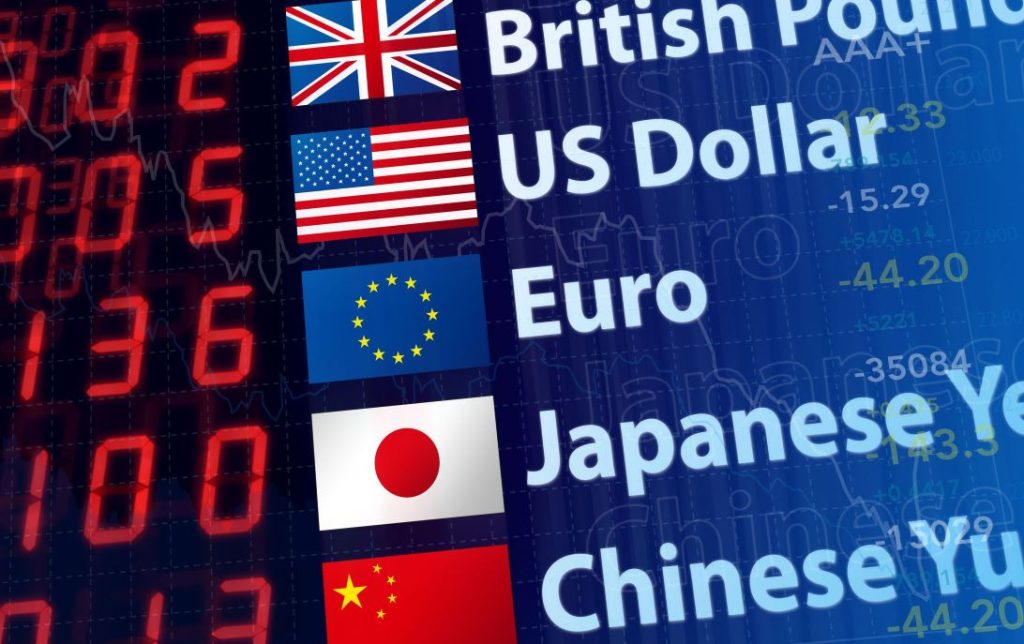
Who are the primary Forex market participants?
Before the advent of the internet, the foreign exchange market was dominated by predominantly institutional participants such as major banks, large international companies, central banks, and investment funds.
With the advance in technology, the retail investor has now joined the big players in the FX markets as online Forex brokers provide low-cost market access with tight spreads through their trading platforms. Retail foreign exchange is continuing to grow as small Forex traders take advantage of trading anywhere they have a device, whether PC, tablet, or mobile with internet connectivity.
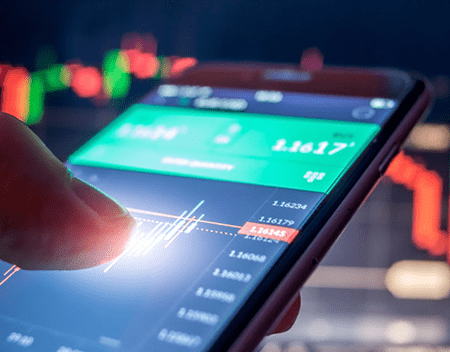
2. Raise Your Knowledge to The Next Level
This second step should start to include learning about technical and fundamental analysis and an understanding of both manual and automated Forex software, including Expert Advisors and charting tools and packages.
This step also includes researching different types of strategies as the aim is to build your Forex education to a level where you can start to mold a trading style that plays to your strengths.
There are four broad types of Forex trading strategies, which are position trading, swing trading, day trading, and scalping. Position trading is taking a longer-term strategic currency position. Simultaneously, scalping is the shortest strategy with currency trades sometimes opened for just seconds to take advantage of only a few pips of profit.
Choosing a preferred strategy may come down to your character, with an analytical thinker choosing to use fundamentals as a basis for taking out a long-term view using position trading.

To gain all the essential knowledge to start trading, it is vital to watch tutorials, participate in online courses, and follow trading forums. Forums have developed useful ways of tutoring about the basics of currency trading for dummies and showing beginners instant trading results. Forex Mentor Pro has an excellent active member forum that you get access to when you sign up for an affordable membership and learn how to trade profitably. Forex Guy also has a good forum and Second Skies Forex offer a 12-chapter trading Forex for dummies course.
Particularly, when looking at forums, try and pay close attention to what successful Forex traders are doing and what you can take from their strategies and techniques relevant to you and from which you can mold a system around.
Below is an excellent video with a full online Forex trading course that lasts 2 and half hours. It is free to watch on YouTube and with over 5 million views over the last year, it is highly recommended.
3. Open An Account With An Online Broker
To trade Foreign Exchange, you will need an online trading account provided by a reputable brokerage. Any online broker selected should include the following considerations:
Consider an ECN broker
Ensure that the broker uses ECN (electronic communications networks) to give you direct access to other currency market participants. ECN brokers match trades between buyers and sellers and do not trade against their clients, instead passing orders to liquidity providers. ECN brokers provide the tightest spreads and only charge a fixed commission per Forex trade. Tight spreads are particularly relevant if you are adopting a scalping strategy.
Your chosen broker should use Metatrader
Chose an online broker that uses the MetaTrader 4 Forex trading platform (MT4). MT4 licenses to Forex brokerages who then provide the software to their retail traders. It is a flexible platform built on the MQL coding language employed by most Forex trading software that you may choose to use as part of your more overall trading strategy. It may include enhanced technical analysis tools or an Expert Advisor as part of an automated or semi-automated trading setup. MT4 Brokers include Forex.com, IG and Oanda

Only use a regulated broker
Not only are tight spreads, fair commissions, excellent customer service, and MT4 capability important when choosing a broker, it is also very important to ensure the broker is fully regulated.
If you are a U.S. based Forex trader, you are required to use a broker that holds full registration with the CFTC (Commodities and Futures Trading Commission). This highly respected regulatory framework safeguards investors’ interests by ensuring a broker maintains complete records, reports, and disclosure. To become CFTC registered, a broker needs to keep a substantial holding deposit with the regulator, meaning not all brokers can offer their services to U.S. currency traders. Investopedia has an excellent resource for comparing Forex brokers including those considered the best for US Traders.
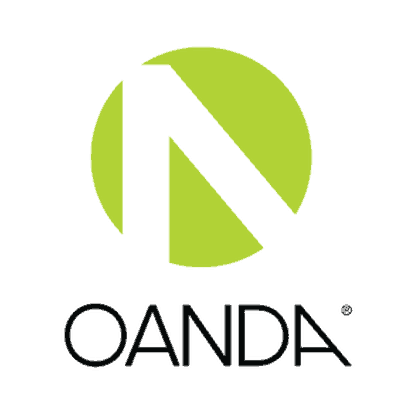
Finally, a good demo account is also desirable, as that is an integral part of becoming a proficient Forex trader, and we cover this next.
4. Start Using A Demo Account to Dial In Your Strategy
As a novice trader, the first thing you should do is trade Forex using a demo account provided by your online Forex broker.
A demo account works in the same way as trading real money on your brokerage capital account. It will allow you to trade a theoretical amount in a live environment without putting your capital at risk.
Most online brokers do offer a degree of training on their platforms, including charting tools for technical analysis which is well worth going through as it will give you an idea of what you should be looking for on charts to complement your system for trading in Forex.
Demo accounts additionally serve to familiarize yourself with a broker’s electronic trading platform. When you trade with real money, you must be proficient with the order entry system, so you do not incorrectly enter a Forex trade and lose money.
5. Integrate Forex Trading Software to Complete Your Trading Style
Once you are operating with a demo account, it will be essential to have at the very least a charting package. Some of the more basic charting software tools are free, and there is an annual subscription for others. It is best, to begin with, the platform’s free version provided to get a feel for how they work. You can then choose more advanced charting software packages such as TradingView, TrendSpider or Esignal offered on a subscription basis.
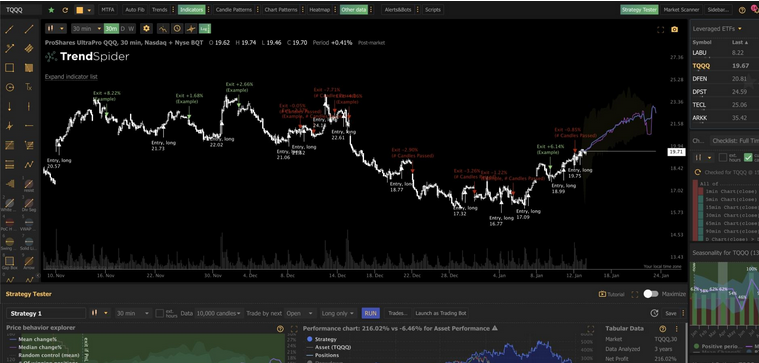
Automated software can also be a great option as part of a broader trading system. Using automated trading takes the emotion out of trading. You can use a pre-programmed Expert Advisor (EA) to identify Forex trends by following a set of rules and which then recommends trades based on any signal identified.
Some EAs, also known as Forex robots, will also place any identified trade directly onto the currency market without the need for human intervention. Automated software allows you to place trades automatically, meaning you do not have to be at your desk for long hours. The robot does the heavy lifting. Many professional Forex traders do, however, prefer to maintain an element of control by only using EAs to identify trades and then choosing whether to act upon them or not.
Read more about Forex robots in our detailed guide on how to find a profitable Forex robot to accompany your trading strategy.

Go Live
Now you are ready to go live and start trading with real money. At this stage start with small trades and adhere to two principles:
Risk management
Make sure your money management system is strict, and do not trade with more than 1% of your capital. Combine this and always use a stop loss to avoid any significant losses.
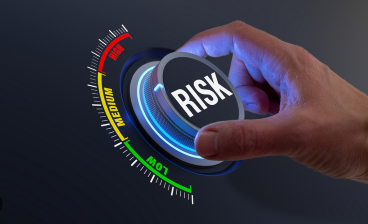
Statistical Expectancy
Think about your overall trading strategy and statistical expectancy and not about individual trades. The aim over the long term is to trade using probability, and if you know your trades have a good chance of making a profit over the long run, individual trades are irrelevant.
We have two further written resources that provide more related reading to this article:
Written by Chris Gillie

Chris Gillie is the founder of Axcess FX, a Forex software review and research website. He is a former investment banker who worked in FX Sales on the UBS London trading floor. Chris has been using Forex trading software as part of his trading set-up since the late 2000s and the embryonic days of MetaTrader and the MQL coding language.

